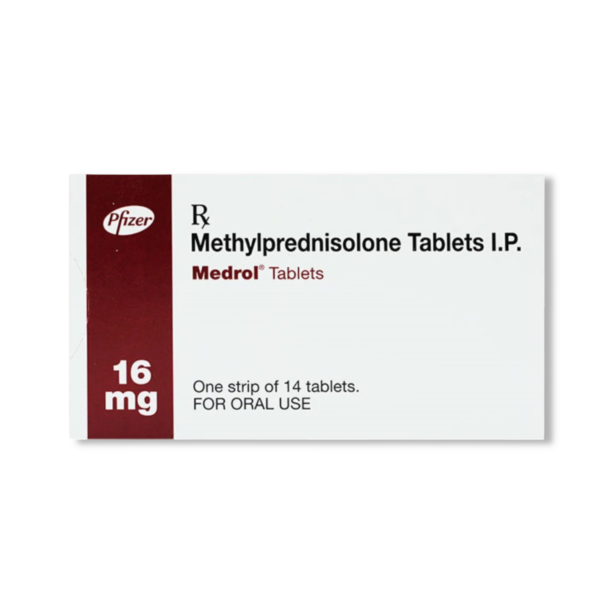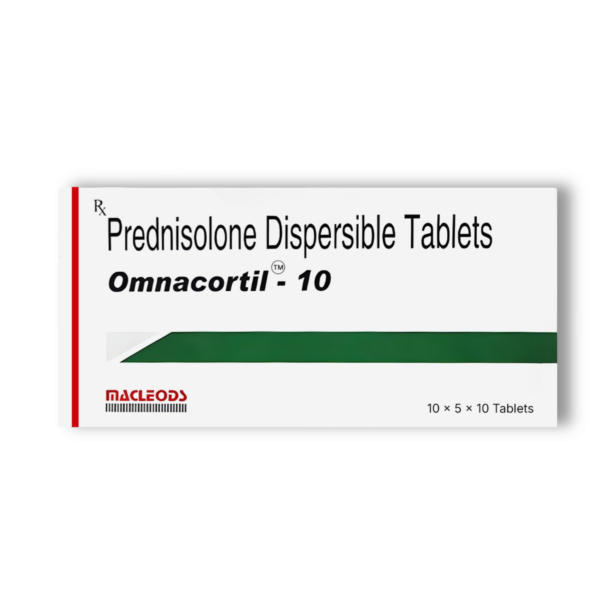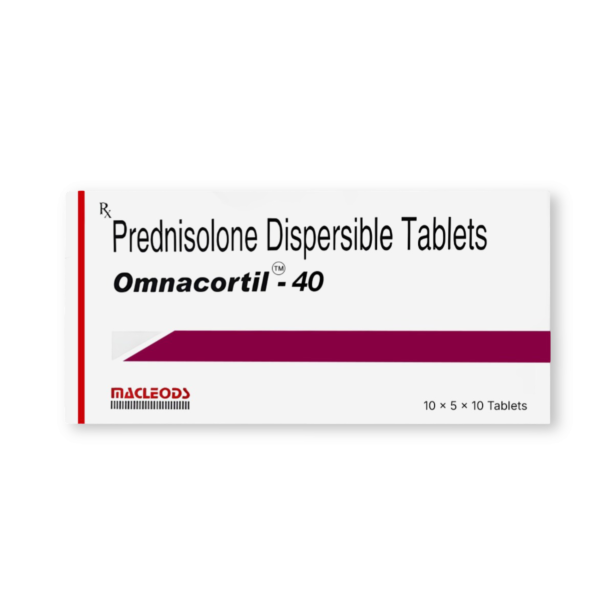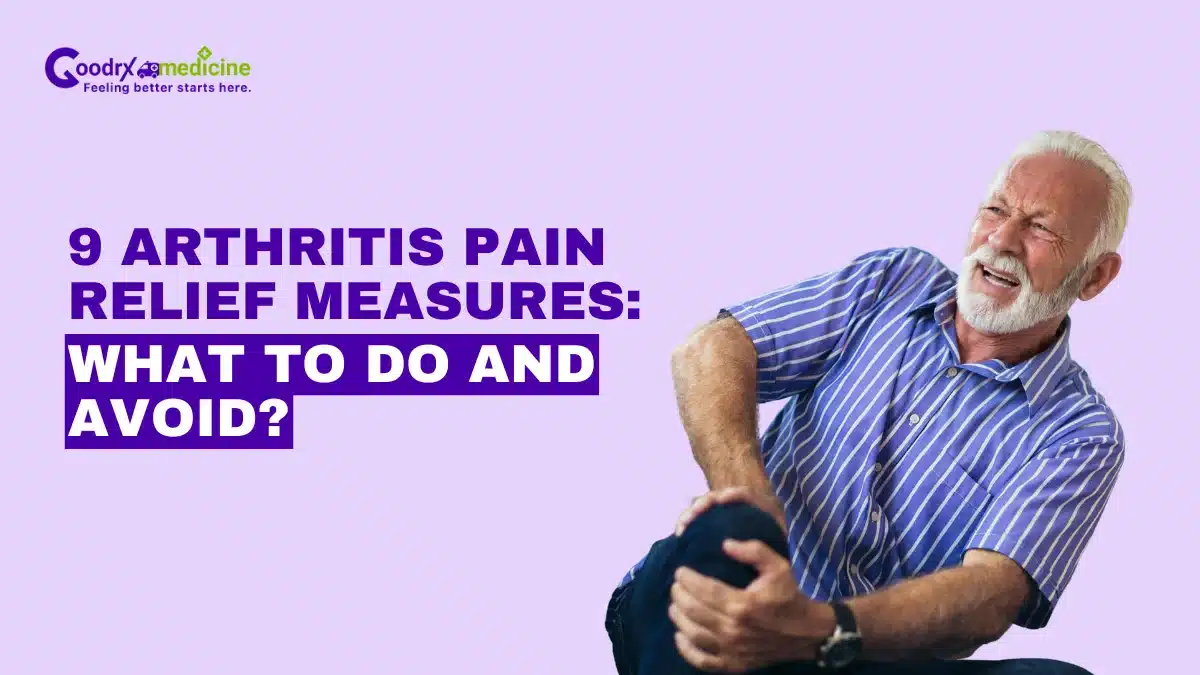Living with Arthritis can make everyday movements painful and frustrating. If you have Arthritis, you might know the common and unbearable Arthritis symptoms that make even moving around feel like a huge task. Although Arthritis technically refers to joint inflammation, most people with the condition say pain is the most challenging and disabling symptom they commonly experience.
Whether you have Rheumatoid Arthritis, Osteoarthritis, Psoriatic Arthritis, or another type of Arthritis, joint pain is one of the common symptoms. The intensity of pain can vary from a dull ache or a throbbing sensation to a sharp pain that takes your breath away when you put pressure on a knee or move your shoulder.
Fortunately, as Arthritis pain comes in many forms, numerous treatment options are available, ranging from conventional medications to natural remedies. No single approach works for everyone; what helps one time may not work the next.
Thus, Arthritis pain relief measures often require a mix of treatments, patience, and ongoing adjustments. This article elaborates on various Arthritis pain relief measures, including lifestyle and home remedies, medications, and techniques based on your type of Arthritis and severity.
Measures for Arthritis pain relief
Before learning about a detailed list of techniques, herbal remedies, and simple lifestyle modifications, it is crucial to consider seeking medical help. Your doctor can prescribe the best medications based on your inflammation severity and individual needs to relieve Arthritis pain.
The following are the 9 essential ways to reduce Arthritis pain and improve the quality of your life:
Save up to 90% on your medicine bills

Medrol 16 Mg Tablet

Omnacortil 10 Mg Tablet

Depo-Medrol 40 Mg Injection 1ml

Omnacortil 40 Mg Tablet
1. Manage weight
A healthy weight is essential in relieving Arthritis pain and improving joint function. Excess body weight places stress on the affected joints, such as the knees and hips, significantly increasing the risk of developing Osteoarthritis (OA) and worsening symptoms if Arthritis is already present.
2. Low-impact exercise
Regular physical activity is essential to reduce Arthritis pain. Low-impact exercises minimize stress on joints while promoting strength, flexibility, and cardiovascular health. Some of the recommended low-impact exercises are as follows:
- Walking: A brisk daily walk helps increase blood flow throughout the body and increases mobility.
- Cycling: You can ride a bike at a moderate speed, which supports joint movement without heavy impact.
- Swimming: Water buoyancy reduces joint stress, making swimming ideal for knee Arthritis.
- Weight training: It strengthens muscles around joints, providing better support and balance.
- Stretching and hand exercises: These are beneficial for hand Arthritis to prevent muscle weakening.
- Yoga: Yoga combines gentle stretching, strength building, and mindfulness, which can reduce Arthritis pain by improving joint flexibility, muscle strength, and stress management.
Exercise also aids in weight management, reducing excess pressure on weight-bearing joints and significantly alleviating pain.
3. A healthy diet
Certain foods may worsen inflammation and Arthritis symptoms. Avoiding or limiting dairy, meat, eggs, citrus fruits, wheat, caffeine, and alcohol can help reduce pain. You should incorporate anti-inflammatory foods, such as fish rich in vitamin D (salmon, tuna, mackerel), and a plant-based diet high in fiber and low in fat to decrease inflammation and support joint health.
4. Nutritional supplements
The following nutritional supplements can help in alleviating joint pain and can be a crucial Arthritis pain relief measure:
- Curcumin: Curcumin (active compound in turmeric) has anti-inflammatory properties that reduce joint pain and swelling.
- Omega-3 Fatty Acids (Fish Oil): Fish oil reduces inflammation, decreases joint tenderness and stiffness, and may reduce the need for NSAIDs, particularly in Rheumatoid Arthritis and Osteoarthritis.
- SAM-e (S-adenosylmethionine): It is a natural compound that acts as a pain reliever and anti-inflammatory agent.
- Glucosamine and Chondroitin: These are natural components of cartilage that may help nourish and repair damaged joints.
5. Hot and cold therapy
Some therapies can significantly lower Arthritis inflammation and soothe painful joints:
- Heat therapy: Applying moist or dry heat (warm baths, heating pads, saunas) relaxes muscles, increases blood flow, and eases stiffness.
- Cold therapy: Ice packs or frozen vegetables reduce swelling and sharp pain by constricting blood vessels, ideal for inflammation from injuries or Arthritis flare-ups.
6. Over-the-counter and prescription medications
Some medications for pain relief in Arthritis are as follows:
- NSAIDs (Nonsteroidal Anti-Inflammatory Drugs): Ibuprofen, Naproxen, and Diclofenac are used to reduce pain and inflammation. Topical pain relief for Arthritis, such as Arthritis pain relief creams, gels, and patches, offers effective relief with fewer systemic side effects.
- Acetaminophen (Paracetamol): It may be used for mild to moderate pain.
- Corticosteroids: Oral or injected steroids, such as Kenacort Injection 40 mg/1 ml, reduce inflammation rapidly but are generally used for the short term due to side effects.
- Disease-modifying Antirheumatic Drugs (DMARDs): DMARDs target the underlying immune mechanisms in inflammatory Arthritis, such as Rheumatoid Arthritis. Methotrexate is a DMARD that reduces pain and stiffness. Biologic DMARDs target specific immune cells, slow joint damage, and improve symptoms. Newer agents, like JAK inhibitors, help curb the cellular processes involved in the progression of RA.
7. Injections and other interventions
Some other injections to relieve pain in Arthritis are as follows:
- Trigger point injections: Anesthetic or Corticosteroid injections into painful muscle knots can relieve muscle-related Arthritis pain.
- Joint injections: Hyaluronic Acid injections into affected joints can reduce inflammation and improve lubrication, offering temporary relief.
8. Avoid smoking and limit alcohol
Smoking increases the risk and severity of Arthritis. It contains toxins, which can damage the connective tissue, increasing pain. Quitting smoking reduces joint damage and pain.
Furthermore, limiting alcohol is also advised. Alcohol not only worsens your pain but also dehydrates your body, which reduces lubrication between the joints and results in irritation and friction.
Moreover, alcohol can increase Uric Acid production in the blood, which can trigger Gout. Also, do not combine alcohol with Arthritis medications, such as NSAIDs and DMARDs, which may cause side effects.
9. Complementary and alternative therapies
Some complementary and alternative measures to relieve pain in Arthritis are as follows:
- Meditation and relaxation techniques: These methods reduce stress and pain perception, improving coping and quality of life.
- Mindfulness: Mindfulness and meditation techniques help lessen pain perception and enhance sleep quality, contributing to overall well-being.
- Acupuncture and massage: It may provide symptomatic relief for some people.
What to avoid with Arthritis pain relief measures
Along with incorporating several techniques, medications, and natural pain relief for Arthritis, here are some of the things you should avoid:
- Don’t ignore pain signals
- Avoid over-exercise, such as running, jumping
- Don’t skip warm-ups and cool-downs
- Avoid heavy weights or improper exercise form
- Don’t lead a sedentary lifestyle
- Don’t cancel or skip doctor appointments
- Avoid seeking quick fixes or relying solely on painkillers
- Don’t neglect weight management
- Avoid ignoring emotional health
Conclusion
Arthritis pain relief measures can help you reduce the debilitating and most reported symptoms of Arthritis, which are dull, sharp, and unbearable pain. Start with maintaining a healthy weight. Regular low-impact exercises, such as walking, stretching, and swimming, can promote joint strength and relieve pain in Arthritis.
Moreover, eat a healthy diet that avoids dairy, caffeine, alcohol, and high fats. Eat a plant-based diet high in fiber, Vitamin D, and nutritional supplements. You can try heat and cold therapy, medications, relaxation, meditation, and avoid smoking and alcohol consumption.
Furthermore, do not ignore pain, over-exercise, skip doctor appointments, neglect weight management, and live a sedentary life. Consult your doctor to seek medications and regularly visit your doctor to check for improvements and changes in the treatment plan.

Frequently Asked Questions
Does Arthritis hurt all day, every day?
No, Arthritis pain does not necessarily hurt all day, every day. It often varies, with some people experiencing fluctuating pain that can be dull, sharp, or throbbing. Pain may worsen after activity, poor sleep, or stress. Pain intensity and duration can differ among people.
Which climate is best for Arthritis?
The best climate for Arthritis is generally warm and dry, as higher temperatures relax muscles and improve blood flow, reducing joint stiffness and pain. Low humidity is beneficial since high humidity can increase swelling and inflammation.
How to relieve knee Arthritis pain in 30 seconds?
To relieve knee Arthritis pain, gently draw one knee up toward your chest using both hands until you sense a mild stretch in your buttocks. Maintain tension in your abdominal muscles and hold the position for 30 to 60 seconds. Lower your leg down and repeat with the opposite leg.
How effective is CBD oil for pain relief in Arthritis?
Cannabidiol or CBD oil may help reduce Arthritis pain, improve physical function, and enhance sleep quality for some people, especially those with Osteoarthritis. However, the results vary significantly. Therefore, you should consult your doctor and seek the prescribed treatment.
When referencing outside resources, GoodrxMedicine always provides full citations. To learn more about the measures we use to maintain the quality of our content, please review our Content Information Policy.











